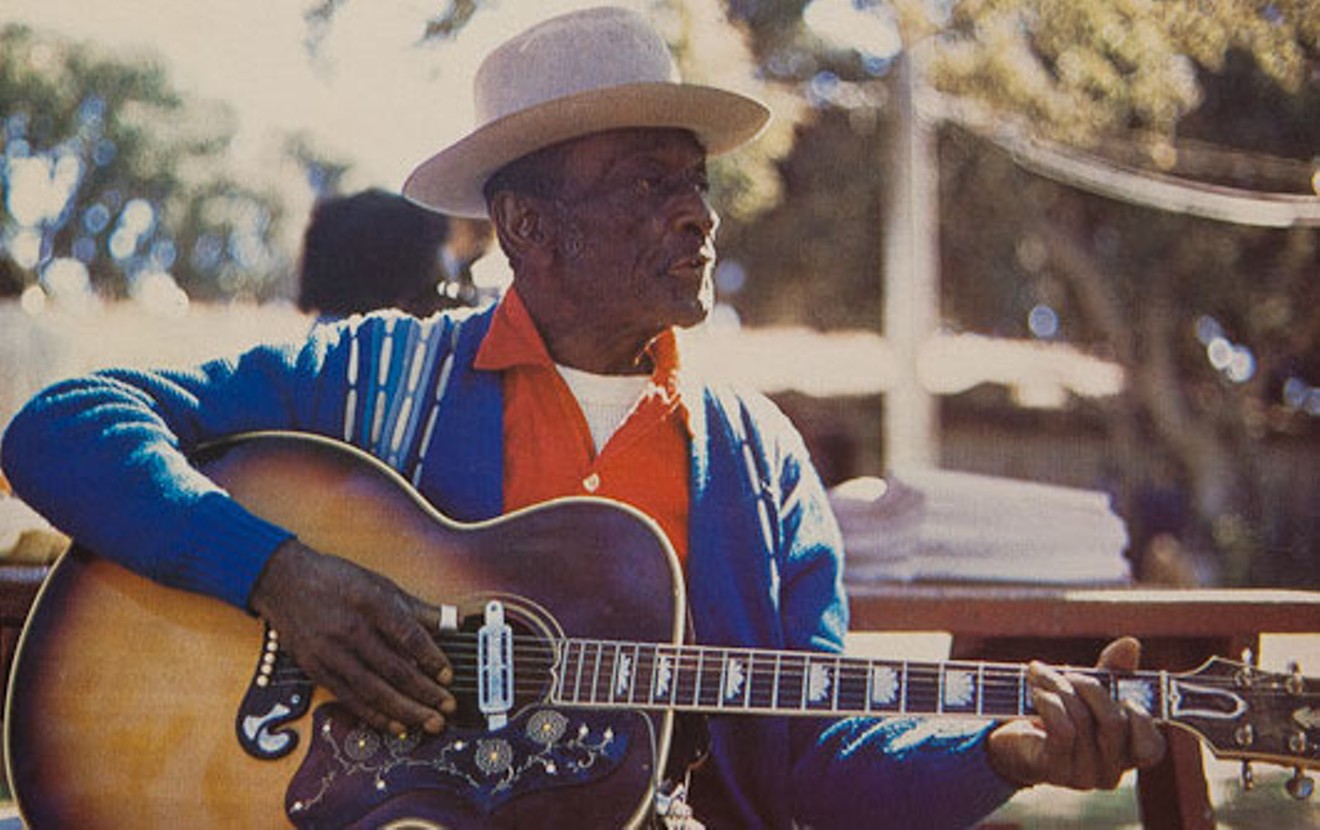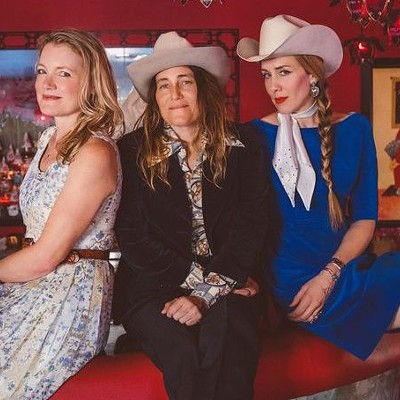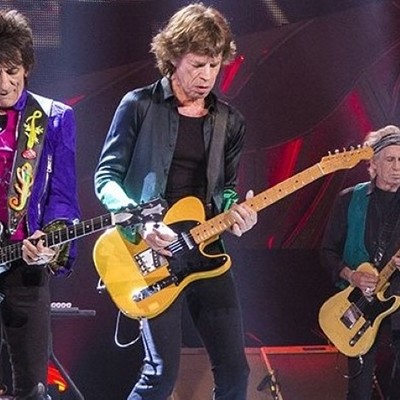Support Us
Houston's independent source of
local news and culture
account
- Welcome,
Insider - Login
- My Account
- My Newsletters
- Contribute
- Contact Us
- Sign out

Mance Lipscomb's blues "career" began at the age of 65. A new live CD includes two performances at the University of Houston.
record cover
[
{
"name": "Related Stories / Support Us Combo",
"component": "11591218",
"insertPoint": "4",
"requiredCountToDisplay": "4"
},{
"name": "Air - Billboard - Inline Content",
"component": "11591214",
"insertPoint": "2/3",
"requiredCountToDisplay": "7"
},{
"name": "R1 - Beta - Mobile Only",
"component": "12287027",
"insertPoint": "8",
"requiredCountToDisplay": "8"
},{
"name": "Air - MediumRectangle - Inline Content - Mobile Display Size 2",
"component": "11591215",
"insertPoint": "12",
"requiredCountToDisplay": "12"
},{
"name": "Air - MediumRectangle - Inline Content - Mobile Display Size 2",
"component": "11591215",
"insertPoint": "4th",
"startingPoint": "16",
"requiredCountToDisplay": "12"
}
]
When college campuses and music cognoscenti were in the grip of the folk/blues revival in the early 1960s, it seemed that every few months a new blues performer was “discovered.”
These were Black men often tracked down by record collectors and music historians like Alan Lomax and Dick Waterman who had been active as live performers and recording artists from the late ‘20s through the ‘40s.
But by the dawn of the Kennedy administration, many had faded back into small towns doing menial work, maybe picking up a guitar or harmonica only for private amusement.
These men like Son House, Skip James, Mississippi John Hurt, Mississippi Fred McDowell and Houston’s own Lightnin’ Hopkins were often shocked and a little bemused that anyone—much less a young, white audience—even knew who they were.
While some got clearly taken advantage of financially, the bluesmen did get a second chance and better pay and exposure and travel opportunities playing music than ever before. And audiences got “authentic” voices of the blues. Even if it did seem like they were unfrozen from decades before and brought back to life just like Captain America.
Unlike many of his contemporaries, Mance Lipscomb of Navasota, Texas had never put his music to wax before. But that was remedied when Arhoolie Records founder Chris Strachwitz and blues historian/folklorist Mack McCormick found Lipscomb after quite a search.
And on a borrowed guitar, Lipscomb laid down 23 complete songs on tape in one evening. 1960’s Texas Sharecropper and Songster marked both the label and artist’s debut, followed the next year (on a different label) by Trouble in Mind, with more to come.
Lipscomb hit the road to play for appreciative audiences in clubs, campuses, theaters and coffeehouses (including the Berkeley Folk Festival and the Newport Folk Festival). Several of those shows have been unearthed and now released in the 2CD set Navasota (Sunset Blvd. Records). A dollar from each record sold will go to the Houston-based Knowledge First Empowerment Academy.
Disc one features a performance at Harvard University in 1972, and Disc two combined material from two Texas shows at the University of Houston in 1963 and 1964, as well as other material recorded in Navasota. It’s mostly just Lipscomb, his voice, and an acoustic guitar. Blues scholar/writer Bill Dahl penned the record’s liner notes.
“It’s easy to trace studio stuff, but it’s much harder with live stuff,” he offers. “You have to remember that Mance wasn’t discovered until 1960 when he was 65 years old!”
As to the differences in sound between the shows, Dahl says there’s no grand evolution. “His style was pretty much full evolved by that time. And unlike some of the other [discovered] players, he had never recorded at all before. He was only eight years younger than Charley Patton, so he was already one of the [older] performers.”
Some material may be familiar to listeners via later covers versions by rock bands: “See See Rider,” “Baby Please Don't’ Go,” “Key to the Highway,” “Motherless Children” and “Rock Me Baby.” There’s also a sprinkling of blues standards, folk songs, Tin Pan Alley tunes and romantic laments.
Fittingly, Lipscomb never called himself a “bluesman.” He felt that “songster” was a better description of how his playing embodied different styles and genres, including more mass appeal tunes like “Shine On Harvest Moon,” “Little Brown Jug” and “When the Saints Go Marching In.”
“Mance was more like Mississippi John Hurt, not a straight blues man. He predated the blues, so he had all kinds of different songs. Lead Belly would also fall into that category,” Dahl says. “He had a wide repertoire, but you had to have that to please an audience who wanted to hear everything, including requests and dance material.”
He adds that it’s mostly white fans and musicologists who want to put musicians more in a convenient box when it comes to genres. “They were mainly entertainers, even just providing background music while people drank all night. It wasn’t like the [college concerts] where an [attentive] audience just sat on their hands in a row in a theater and stared at the stage.”
As heard on Navasota, Lipscomb’s demeanor in concerts is very relaxed as he tells (probably practices) jokes and asides before launching into material. Introducing “Rock Me Mama,” he tells a story about coming home late to a wife who is not too happy as he tries to change the subject and asks for sex.
“Rock me mama? I’ll rock you with a stick upside your head!” he says, playing the part of the woman. Adding that if you’re a man who’s been out on the prowl and unsure about your reception upon returning home, throw your hat in the front door. If it comes flying back out, you’ve got your answer.
“Some guys were better at the [audience interaction] than others. Mance was always pretty straight and personable. Like Mississippi John Hurt and unlike Skip James, who was pretty dour,” Dahl says. “But he had a lot of time to practice that.”
As to how being a Texan influenced Lipscomb’s sound in a way that wouldn’t be the same anywhere else, Dahl say geography definitely plays into it.
“Texas has an amazing blues tradition. You’ve got T-Bone Walker, Blind Lemon Jefferson, later on my hero Albert Collins and then Gatemouth Brown, even though he was born in Louisiana,” he says. “There’s more of a blues tradition in Texas than maybe any other state.”
Unfortunately, Mance Lipscomb only had a little more than a dozen years to record and perform. He suffered a stroke in 1974 and passed away two years later. He was the subject of both an oral biography, I Say Me for a Parable by Glen Alyn, and a documentary, 1971’s A Well Spent Life (whose director, Les Blank, also did 1967’s The Blues According to Lightnin’ Hopkins). There’s footage of the two playing together.
With their recently-unearthed live shows, Navasota also proves the theory that there is still plenty of undiscovered and lost music out there on tapes and records sitting in vaults and attics and files cabinets and storage units. And that goes across musical genres. Navasota certainly adds to the legacy of Mance Lipscomb. Today, a statue of the performer can be seen at the city's Mance Lipscomb Park.
“We’re just lucky he was found. He could have easily fallen through the cracks,” Dahl sums up. “It’s scary to think of how many [blues performers] there were out there that nobody has ever heard before because they never recorded. They might be stars in the back woods, but we never heard them for posterity.”
KEEP THE HOUSTON PRESS FREE...
Since we started the Houston Press, it has been defined as the free, independent voice of Houston, and we'd like to keep it that way. With local media under siege, it's more important than ever for us to rally support behind funding our local journalism. You can help by participating in our "I Support" program, allowing us to keep offering readers access to our incisive coverage of local news, food and culture with no paywalls.
Bob Ruggiero has been writing about music, books, visual arts and entertainment for the Houston Press since 1997, with an emphasis on classic rock. He used to have an incredible and luxurious mullet in college as well. He is the author of the band biography Slippin’ Out of Darkness: The Story of WAR.
Contact:
Bob Ruggiero
Trending Music
- How Much Longer Can Classic Rock Rule the Roost?
- Houston Concert Watch 4/24: Rolling Stones, Bad Bunny and More
- Top 10 Butt-Rock Bands of All Time
-
Sponsored Content From: [%sponsoredBy%]
[%title%]

Don't Miss Out
SIGN UP for the latest
Music
news, free stuff and more!
Become a member to support the independent voice of Houston
and help keep the future of the Houston Press FREE
Use of this website constitutes acceptance of our
terms of use,
our cookies policy, and our
privacy policy
The Houston Press may earn a portion of sales from products & services purchased through links on our site from our
affiliate partners.
©2024
Houston Press, LP. All rights reserved.






